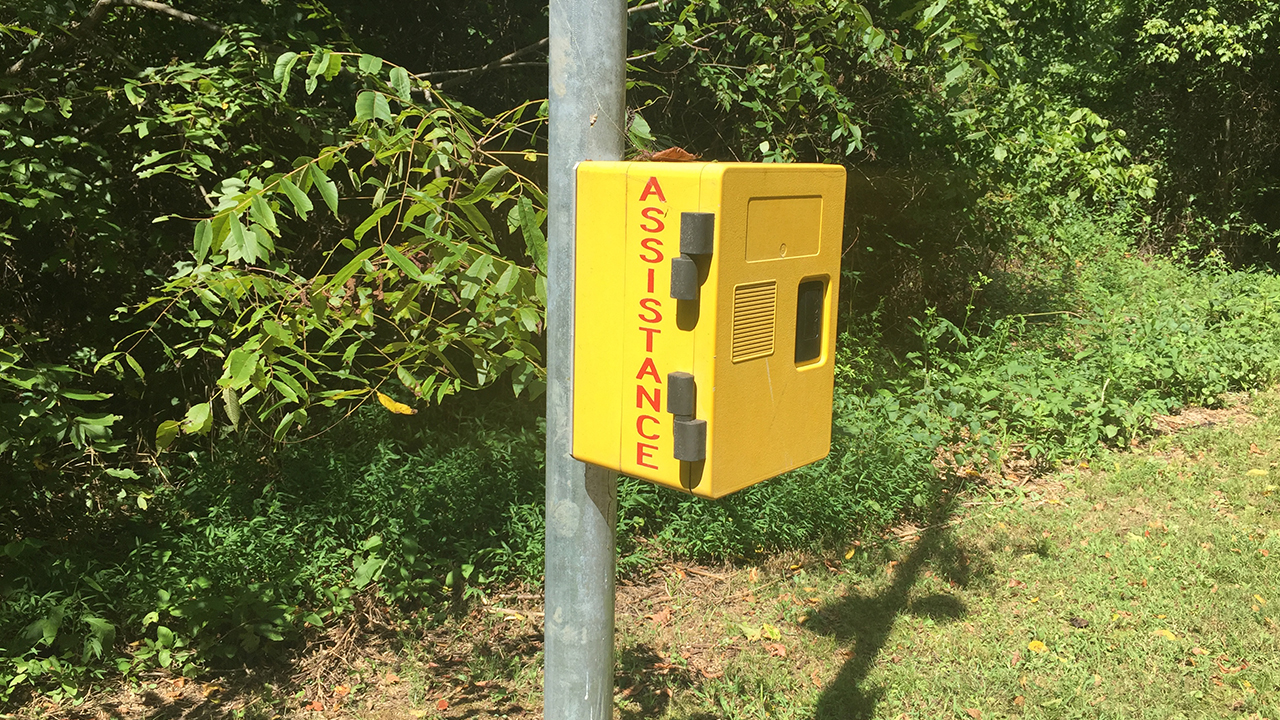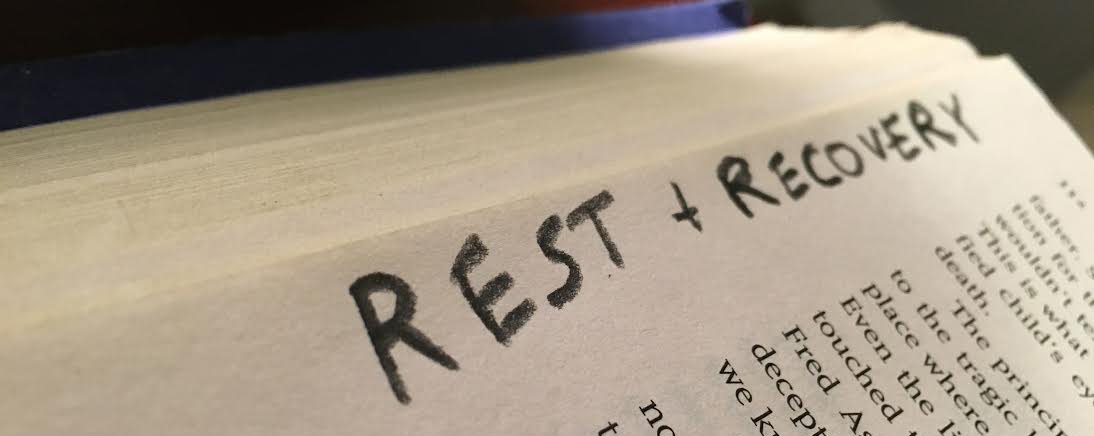There’s a rule of thumb that runners shouldn’t have more than a 10% weekly mileage gain from week to week. That rule of thumb has helped me quite a bit. It gives me a place to start and a gauge to tell me whether I can be ready for a specific race in the future. But most of the time these days I try to give myself a bit of margin over that when possible.
[As a side note I completely understand that some injuries and life situations are just too extreme and/or too close to race day to reasonably expect to compete. Margin only does so much, and the closer things get to race day, the higher the probability that if something goes wrong it will cause problems. But that is a story for another post.]
Story one. A couple years ago I was training for the Keys 50 (a beautiful 50 mile race to the tip of the Florida Keys). I hadn’t built any margin in my training plan. Using the 10% gain rule I was barely going to make it to the suggested peak mileage. I was 6 weeks from the race and running a long training run. I wasn’t feeling very fast (or if I’m honest looking back very strong) when all of a sudden I had an intense pain in my right foot when I ran. So much so that I thought maybe I had developed a stress fracture in my foot.
Over the next few days I put training on hold, got an appointment with a doctor who determined that it wasn’t a stress fracture so no x-rays were needed (sigh of relief), and began some therapy on the surrounding tendons. At this point I tried to resume training in a last ditch effort to make the race (which the doctor said would be fine if there was no pain), but the pain was still there. After 9 days I ended up having to pull out of the race. Then after another week of the physical therapy with no improvement, I went to see Preston Wakefield, another doctor that practices Active Release Technique, works with the Tennessee Titans football team, and who had previously helped me out with some soft tissue damage a year earlier. Within 2 minutes of feeling my foot, he said, “Your navicular bone is jammed badly… In two places.” And in one motion that felt like popping a knuckle in the biggest, best type of way, it was fixed. I immediately flooded with emotions. I was relieved it wasn’t something worse, happy I could resume running, frustrated that I hadn’t been able to make the race, and mad at myself for not working in time for the unexpected. Looking back I would have just barely been able to make my peak mileage without the jammed navicular bone. After a matter of days there was no chance of making it to the starting line confident I could finish that many miles.
Story two. I was training for the Dopey Challenge. 48.6 miles over four days. When I originally put together my training plan I had some extra time to reach the correct mileage and I remembered the cautionary tale above. So I left myself a decent amount of margin in the weekly mileage gains later in the plan. One night in late November (about 7 weeks before the race) I was rocking out a recovery run. My plan was going great and I was just thinking to myself how good my body was feeling. With a mile and a quarter to go I was crossing a bridge and stepped on a walnut that was buried under the leaves covering the path. My left ankle twisted, the walnut issued a loud crack as it broke in half (glad it wasn’t my ankle :-), and I caught myself from falling on the left rail of the bridge (I like to imagine that a cute little squirrel purposefully hid this walnut under the leaves and was chuckling with his friends from a tree somewhere nearby). When I sat down to evaluate, I knew my ankle was in trouble. Nothing was broken (I could move everything and push around on everything without sharp pain), but it was swelling a bit, a dull ache was rising, and I didn’t have full range of motion.
8 days later I was able to see Preston who worked to get my full range of motion back, and informed me that I had damaged some ligaments. He asked if my plan allowed me to take another 10 days off to heal. This time I was able to say, “yes.” Well… I probably said, “I think so,” or even something like, “if that’s what this needs to heal then I’ll have to make it work.” 10 days later I made some mild adjustments to the last 4 weeks of the training plan mileage and resumed training basically right where I left off. The margin I had built into my plan months earlier allowed me to take the time to heal and still feel strong and confident going into the race.
Anytime I build plans now, for myself or others, my first question is how much margin there is to work with. Margin in running plans is a good thing. In the first story my training plan was too rigid to allow even 9 days off for the unexpected. While in the second example I took off about 17 days off and was still able to get to my plan’s peak mileage. Toeing up to the starting line I was good to go.






Be Social With Us!